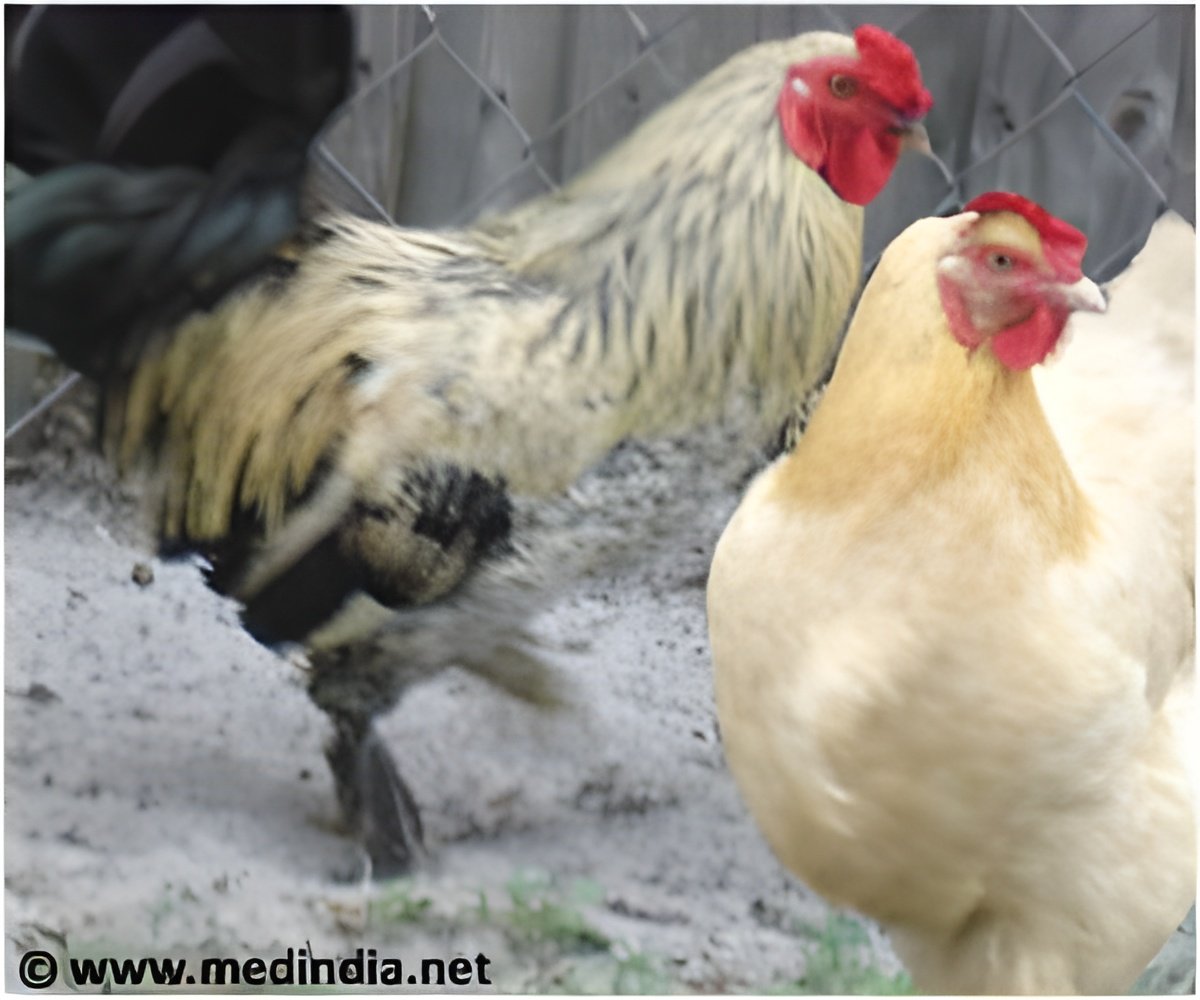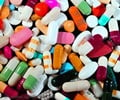Indians are developing resistance to antibiotics and falling prey to a host of otherwise curable ailments due to large-scale uncontrolled use of antibiotics in the poultry industry

The CSE claimed that it found several antibiotic residues in chickens tested in the National Capital Region.
CSE's Pollution Monitoring Laboratory (PML) tested 70 samples of chicken in Delhi and NCR out of which 36 samples were picked from Delhi, 12 from Noida, eight from Gurgaon and seven each from Faridabad and Ghaziabad.
Three tissues muscle, liver and kidney were examined for the presence of six antibiotics widely used in poultry - oxytetracycline, chlortetracycline and doxycycline (class tetracyclines), enrofloxacin and ciprofloxacin (class fluoroquinolones) and neomycin, an aminoglycoside.
"Residues of five of the six antibiotics were seen in all the three tissues of the chicken samples. They were in the range of 3.37-131.75 g/kg. Of the 40 per cent samples found tainted with antibiotic residues, 22.9 per cent contained residues of only one antibiotic while the remaining 17.1 per cent samples had residues of more than one antibiotic,” the study said.
While releasing the study, Sunita Narain, said that Indians were developing resistance to antibiotics and hence falling prey to a host of otherwise curable ailments.
"Antibiotics are no more restricted to humans nor limited to treating diseases. The poultry industry uses antibiotics as a growth promoter. Chickens are fed antibiotics so that they gain extra weight and grow faster," she said.
Chandra Bhushan, CSE's deputy director general, says that public health experts have long suspected that such extensive use of antibiotics in animals could be a reason for increasing antibiotic resistance in India.
"But the government has no data on the use of antibiotics in the country, let alone on the prevalence of antibiotic resistance. Our study proves the rampant use and also shows that this can be strongly linked to growing antibiotic resistance in humans in India," he said.
Briefing the fallout of this, CSE officials said that large-scale overuse of antibiotics in poultry industry is also leading to the emergence of antibiotic-resistant bacteria in the chicken itself.
These bacteria are then transmitted to humans through food or environment.
Moreover, eating small doses of antibiotics through chicken can lead to development of antibiotic-resistant bacteria in humans.
The study states that resistance to fluoroquinolones such as ciprofloxacin is rapidly increasing in India.
Treating fatal diseases like sepsis, pneumonia and tuberculosis (TB) with fluoroquinolones is becoming tough because microbes that cause these unhealthy states are increasingly becoming resistant to fluoroquinolones.
The CSE suggested banning the use of antibiotics as growth promoters and for mass disease prevention, not permitting antibiotics critical for humans in poultry industry, not using antibiotics as a feed additive, regulation of poultry feed industry by the government and not selling unauthorized and unlabelled antibiotics in market among others.
Chandra Bhushan stated that their study was only the tip of the iceberg. “There are many more antibiotics that are rampantly utilized that the lab has not tested," he said
Source-Medindia
 MEDINDIA
MEDINDIA




 Email
Email










